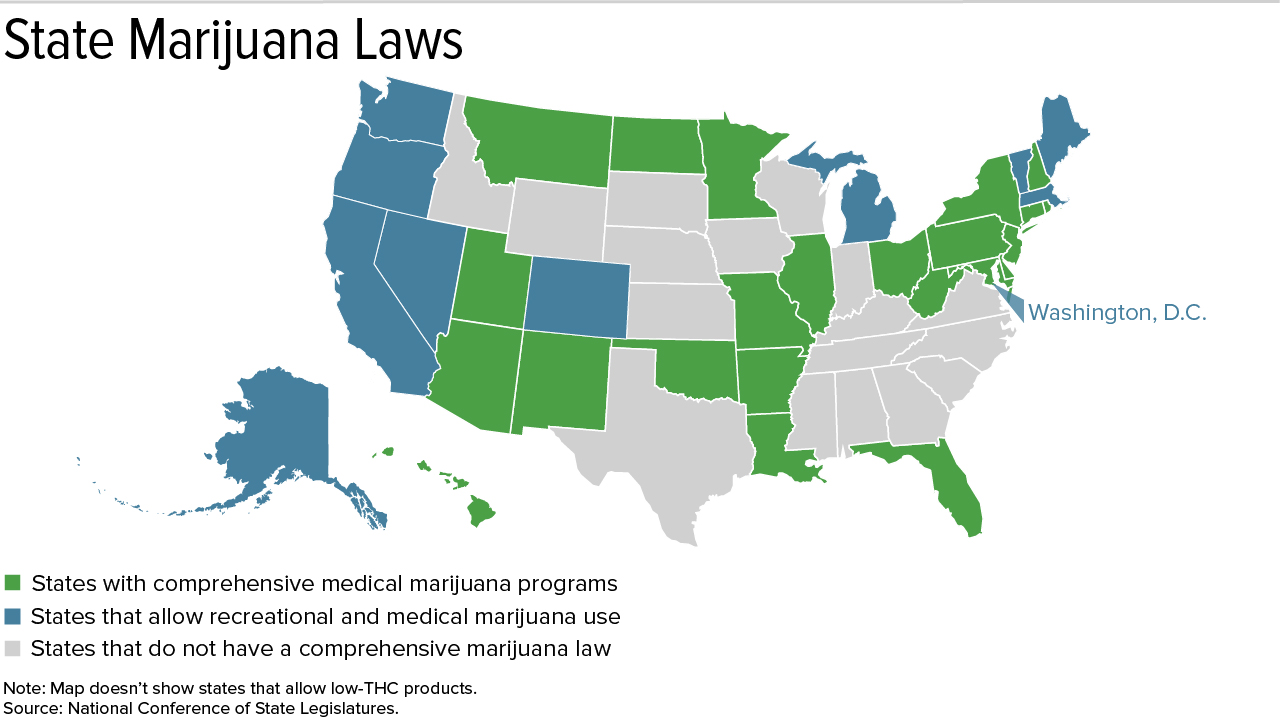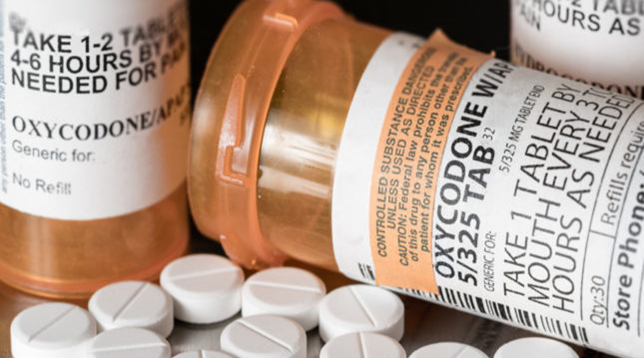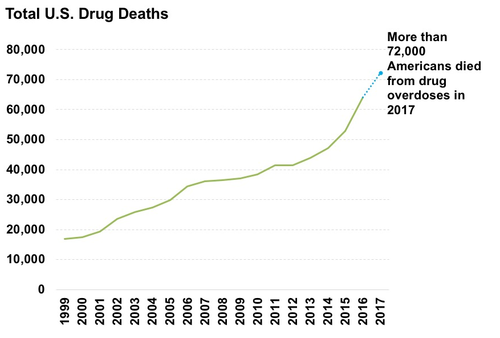7-8-2019
Nevada passes nations first law banning hiring decisions based on positive marijuana pre-employment tests
NV  Beginning in 2020 non-federal employers will not be able to reject job seekers for testing positive for THC in Nevada. This is the first legislation of it’s kind in the nation. The law, assembly bill AB132, specifies certain safety sensitive job titles from the law as well as indicates that it does not apply when in conflict with federal law. As marijuana is still a banned substance under federal regulations, prospective employees looking for jobs in the trucking, airline, oil and pipeline, and transit industries need to know they are not protected by the new law.
Beginning in 2020 non-federal employers will not be able to reject job seekers for testing positive for THC in Nevada. This is the first legislation of it’s kind in the nation. The law, assembly bill AB132, specifies certain safety sensitive job titles from the law as well as indicates that it does not apply when in conflict with federal law. As marijuana is still a banned substance under federal regulations, prospective employees looking for jobs in the trucking, airline, oil and pipeline, and transit industries need to know they are not protected by the new law.
Excerpt:

Map image: SHRM
Purchase and access training right now!
Click Here To Buy DOT Supervisor Course – $35 or less!
Click Here To Buy DOT Employee Drug Awareness Course – $10 or less!
Athandtraining.com DOT Reasonable Suspicion Supervisor Training fulfills:
Federal Motor Carrier Safety Administration (FMCSA) – 49CFR Part 382.603
Federal Aviation Administration (FAA) – 14 CFR Part 121 Append I & J
Federal Transit Administration (FTA) – 49 CFR 655
Pipeline and Hazardous Materials Safety administration (PHMSA)
U.S. Coast Guard (USCG) – §16.250 Reasonable cause testing requirements


